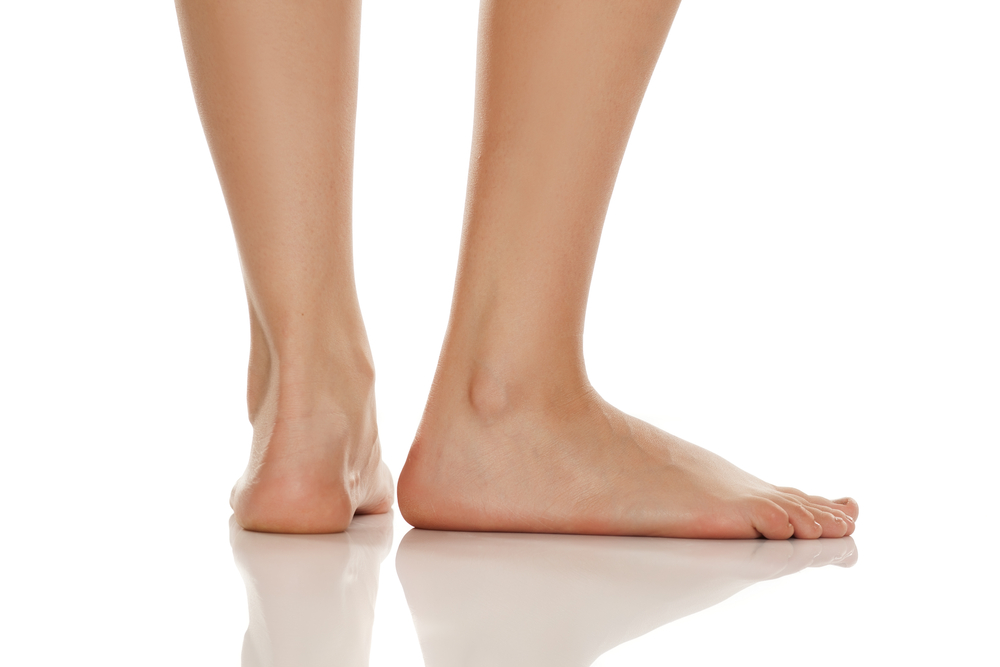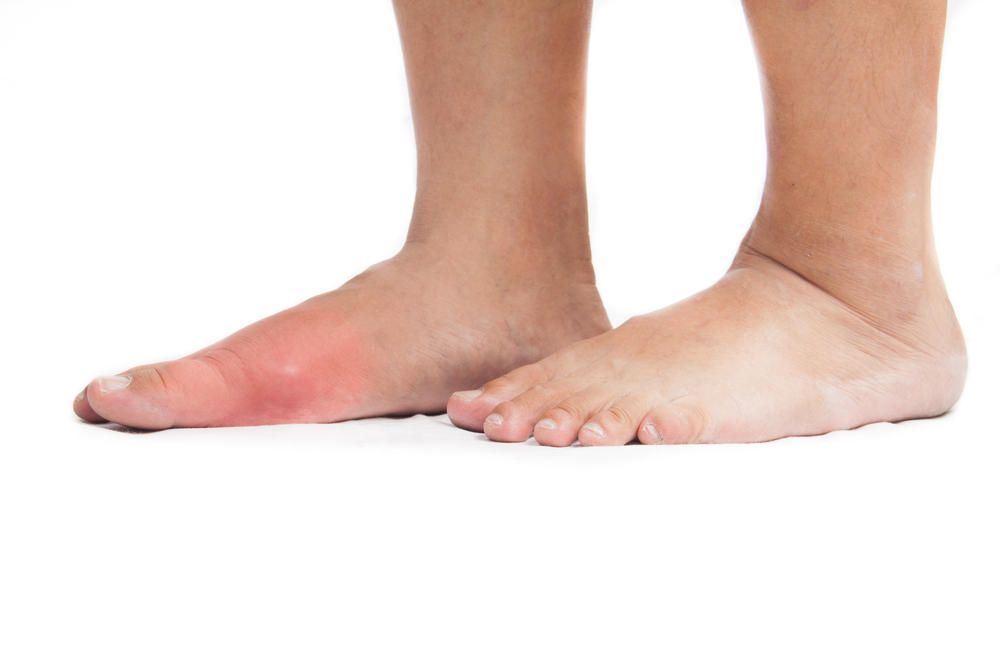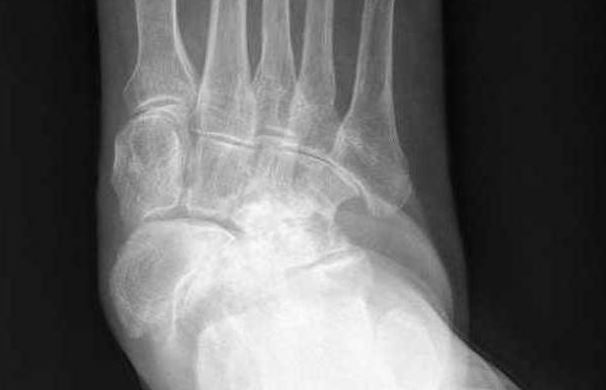Under the skin on the plantar surface of the foot is a layer of subcutaneous fat that makes up what is called the plantar fat pad. It is thicker under the heel and the forefoot. The fat pad serves the purpose of protecting the structures under the foot and providing shock absorption and cushioning.
That fat pad can atrophy or waste away to become thinner. This means that the foot looses some of that cushioning and protection, increasing the risk for painful conditions. This atrophy naturally happens as we get older and just happens at a faster rate in some people and a slower rate or not at all in other people. Conditions such as rheumatoid arthritis and systemic lupus erythematosus can also lead to an atrophy of that plantar fat pad.
Symptoms of plantar fat pad atrophy
The typical symptoms are pain on walking, especially under the heel. Palpating the plantar surface of the foot can be easier to feel the bones such as the metatarsal heads and the tuberosity under the calcaneus (heel bone). Plantar calluses are more likely to develop under the ball of the foot.
It is possible to assess the thickness of the fat pad with ultrasound and a MRI.
Other causes of heel pain or metatarsalgia should be ruled out to arrive at the possible diagnosis of fat pad atrophy.
Treatment of plantar fat pad atrophy
The logical way to treat plantar fat pad atrophy is to replace the fat. There are two ways to do this:
- Soft tissue supplements: This is the use of cushioning pads in the shoes and the use of footwear with a shock absorbing midsole. The idea here is to replace what the fat pad does to absorb shock and provide cushioning. The perfect material for this would be one that has a similar density to the fat pad. If it is too soft, standing on it will just flatten it and it does nothing. If it is to hard, it won’t help at relieving the symptoms. The silicon gel pads or insoles are often good for this.
- Surgical fat grafting: Fat can be surgically grafted from elsewhere in the body and injected to the plantar surface of the foot or an artificial material may be surgically implanted.
While the above two are the two key logical approaches, there are other approaches that can be involved, such as anti-inflammatory medications to help with the initial pain and the use of strapping to help keep the edges of the the heel fat pad under the heel and not compressing out sideways; they are not necessarily that useful in the medium to long term.
Forum discussion on fat pad atrophy
Treatment in atrophy of the fat pad
heel pad atrophy HELP
Can fat pad atrophy be reversed?
Videos on fat pad atrophy
Author:
University lecturer, runner, cynic, researcher, skeptic, forum admin, woo basher, clinician, rabble-rouser, blogger, dad.



